SEARCH






|
|
|
|


by Editor Lourens Durand
Edited and published by Yvette Depaepe, the 23rd of August 2024
'Orange-chinned parakeet' by Patrick Dessureault
Using shallow depth of field in photography is a useful technique to create impact by forcing the viewer’s eye to focus on the subject in a photograph, whilst the out of focus background creates depth, adding to the telling of a story.
The technique is widely used in photographing wildlife, portraiture, flowers, food, street, macro, and fashion, and is relatively easy to use (but just as easily overdone).
Technically, depth of field is controlled by any or all of the following:
- Aperture of the lens
- Focal length of the lens
Distance of the subject from the camera and the distance of the background behind the subject. Let us look at each in turn.
APERTURE
Looking at the following diagram, you can see that a wide aperture means that only a shallow depth of field is possible – only the circle is in focus, with the red and blue dots blurred, because their converging light rays do not meet on the sensor. At a smaller aperture, the circle and the blue dot are perfectly in focus, and the red dot barely in focus.

So, an f-stop of f /2.8 yields a shallow depth of field, whilst f /22 yields a wide depth of field.
FOCAL LENGHT
A 25mm wide angle lens gives a wider depth of field, and is useful for landscapes and architectural photography, whereas a larger focal length of 80mm with a large aperture, often used for portraiture, gives a nice shallow depth of field. A telephoto lens of 400 mm or so results in an extremely shallow depth of field and is useful in wildlife and bird photography.
Distance of subject and Background from Camera
By standing back, increasing the distance between the camera to subject and the subject to background, you will decrease the angle of light hitting the camera sensor, thus increasing the depth of field. Conversely, by standing closer to the subject, placing the background further away, will give a shallower depth of field.
GENERAL THOUGHTS
With shallow depth of field photography, it is important that the background complements the foreground, thus making a whole, telling a story. In many cases though, especially in macro photography and portraiture, it is useful to put a heavy blur on the background to make the subject stand out.
It is preferable, though, that the whole subject is in focus. This applies to wildlife photography as well, when isolating birds for example, to ensure that the bird is in focus from beak to tail. Likewise with animal shots.
Changing the camera settings to do this can be difficult when out in the field, so it is useful to shoot in manual or aperture priority so that these can be made quickly.
An extension of the shallow depth of field effect, is the so-called Bokeh effect (Bokeh being the Japanese word for blur). One can create this effect by shooting into a background containing light spots, be they reflections or actual lights, which results in soft, blurred circles of reflected light. This, together with a soft, creamy, fuzzy background creates an interesting effect.
At the end of the day, even with all the proper settings, composition is the crucial factor. Without thinking about a relevant composition, and moving the camera to find it, the shallow depth of field effect may very well fall flat.
In conclusion, please enjoy the following selection of shallow depth of field photographs taken by 1X.com photographers.
'the voice inside' by Stefan Beutler
'The Traveller' by Ganjar Rahayu
*** by Photographer
'Kids from Camp' by Waldemar Szmidt
'Craftsman' by Jan Donckers
'Strings of pearls' by Lourens Durand
'Beautiful color' by Phillip Chang
'Choices' by Roelof de Hoog
'Who gets there first...?' by Massimo Chiodini
'Blue damselfly' by Azim Khan Ronnie
'You will smell him passing ….' by Peter Ebel
'Hold on' by Ti Wang
'The teen rider' by Ti Wang
'Freedom' by Peter Davidson
Almost there' by Els Keurlinckx
Moon' by Alfonso maseda varela
A Word in Your Ear' by Lourens Durand
'Fragile' by Constant
African Daisy' by Saša Bizjak
Untitled by Joxe Inazio Kuesta Garmendia
'Oliwia' by Łukasz Domagała
'Vintage' by Margareth Perfoncio
'Portrait of a Calla Lily' by Lisa Zhang
'Directions' by Dan Deakin
'Carrasecare 11' by Alberto Maria Melis
Untitled by Doron Braunstein
'Crowned Crane' by Ahmed Elsheshtawy
'Salivate' by Dennys Zhang
'Green Lizard' by Strelok
 | Write |
 | Saša Bizjak Thank you |
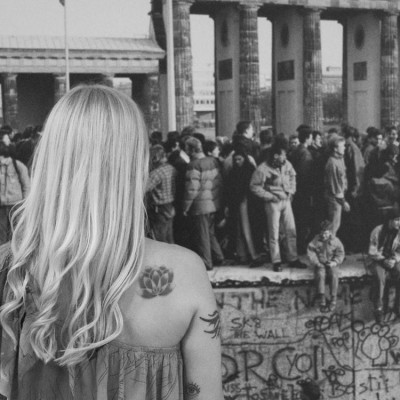 | Gabriela Pantu PRO Thank you so much dear Lourens for your effort to present this wonderful article, so well structured and illustrated with exceptional images.Thank you very much, dear Yvette. <3 <3 |
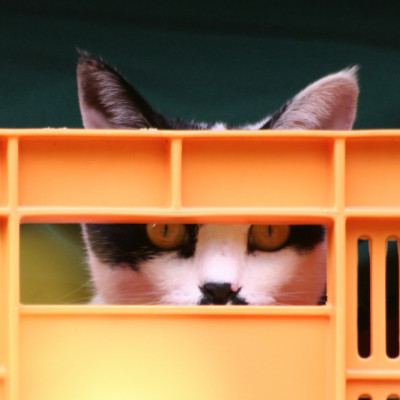 | Takiko Hirai PRO Thank you for introducing such wonderful photos. |
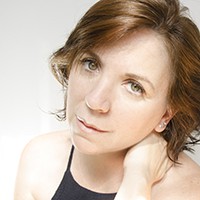 | Margareth Perfoncio PRO Thanks a lot Lourens Durand and Yvette! |
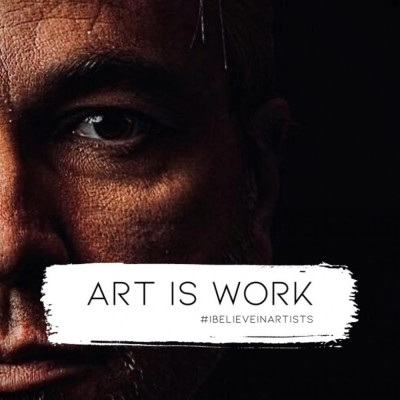 | Dan Colisnic nice and useful. thanks! |
 | YANGYING PRO 太棒了 |
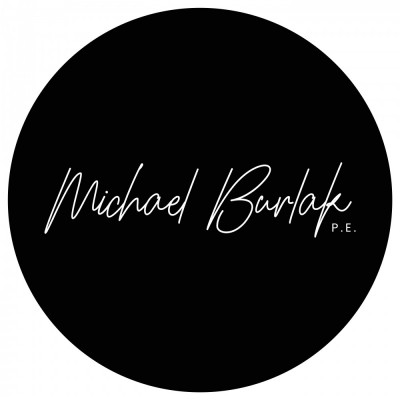 | Michael Burlak PRO Wow, I finally get featured lol. I honestly never thought that would happen. |
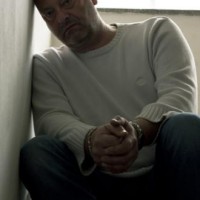 | Vladimir Funtak PRO Very usefull facts and a good reminder too. Tnx. |
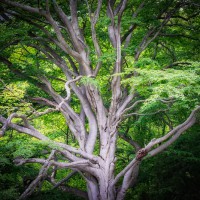 | Cristiano Giani PRO ...many thanks for sharing... |
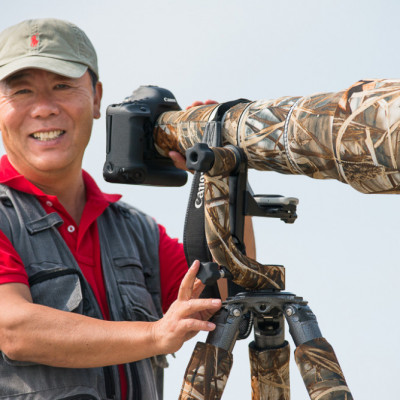 | Phillip Chang CREW Thank you Lourens for you choosing my picture and Thanks a lot dear Yvette. |
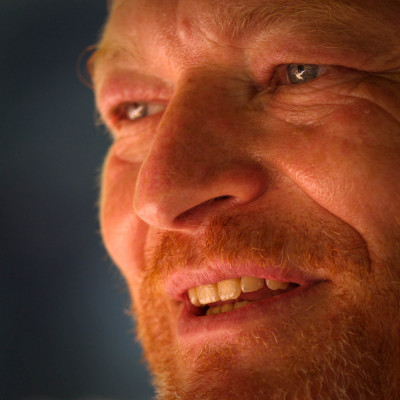 | Peter Ebel PRO Thank you Lourens for this nice article!
I want to add some aspects to think about:
- In tele-photography (including portrait) you typically fight for more depth of field while still smoothening the background to get pleasant subject separation and a nice general appearance.
- In wide angle photography depth of field is less an issue, the creative question is you want to have the whole frame sharp or you want to generate a decent blur for subject separation.
- In real macro photography, the depth of field is independent from the focal length but fully dependent on the magnification ratio. (But the focal length is relevant for the perspective achieved!)
- for those with options: the size of the sensor/film does have a heavy impact on the achieved style of sharpness/blur! |